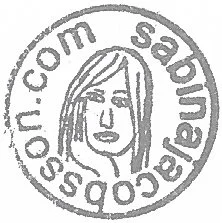Curated by BORIS KOSTADINOV
ARTQOL
The Crown of the Corona is an international exhibition in the online spaces of Artqol.
The exhibition aims to provide a platform which presents a wide range of ideas, concepts and reactions provoked by the multifaceted issues of COVID-19.
Out of 259 applicants, several artists from around the world have been selected and here they are.
Introduction
Berlin, March 21, 2020.
In this historic moment, something so extraordinary is happening to all of us and it will surely be the main subject of large-scale discussions and analyzes in the future. The world during the COVID-19 pandemic is not the world we knew a few months ago. Even more - the post-pandemic world will no longer be the same as it was before.
Coronavirus has become the main character of a movie that sometimes looks like a second-rate dystopia. At the same time, the disease produces something like an endless TV series or a reality format where new and unexpected characters appear in each series.
The physical invisibility of the virus makes it look virtual and fictional. It is invisible to our eyes, but is present every single minute in our lives thanks to social media and news feeds. It is a kind of radiation cloud which, despite its invisibility, is capable of mass destruction.
The destruction of health but also a destruction of all that we have taken as the basis of our full-fledged social life and established relationships within Western democracies.
The question now is whether the pandemic that daily affects our health can turn into a global pandemic that can affects our public morality, a virus that breaks the foundations of our civil rights. But what is happening in the field of contemporary art? How does art respond to such a dynamic environment?
What we have seen in recent months can be summed up in two main trends. Firstly, the artistic community is worried about its economic survival. Galleries, museums and educational institutions are closed. Biennials and art fairs will not be held. Projects for new exhibitions have been canceled or postponed.
The art market in its classic forms no longer exists. How the states, their governments and their cultural policies will respond to this difficult time when artists, curators and theorists are losing their regular income?
As a logical result of this first trend, one can notice the second trend of a transition of art online. Internet accepts the institutional nature of a digital museum or gallery.
Now this is the only space that offers the opportunity to present artistic production, current debates and discussions.
Festivals, video conferences, workshops and publications of newly created texts are held online. The online art market is becoming the only opportunity for economic activity of artistic communities and the only possible way to generate income.
Today, the question that every contemporary artist asks is: "How can I continue and develop my career online?"

